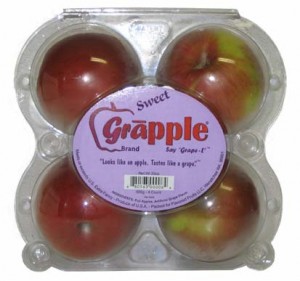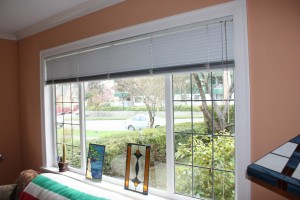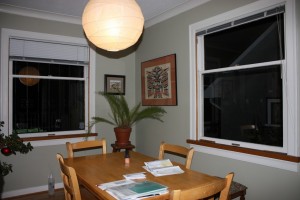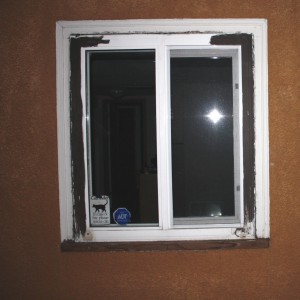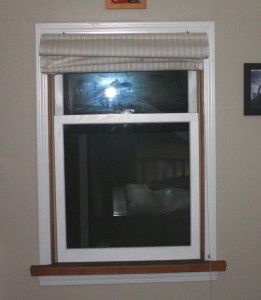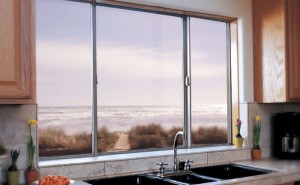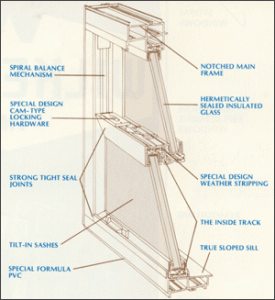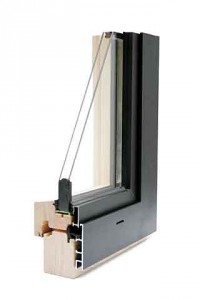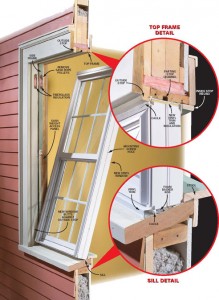The Board of Education meeting Tuesday was strange, fascinating, frustrating, and educational. None of those in a good way.
This story gives the headline, but instead of actually discussing the issue, or talking about what happened at the board, it ends up being an advertisement for Nestle water. Rather lazy reporting, I’m afraid.
It is telling that Nestle™ , one of the largest multi-national food conglomerates in the world (2010 revenues: $113 Billion CDN) flew a director in from Toronto to take on two local Grade 11 students. With his 24 years of corporate and marketing communications experience, I’m thinking he doesn’t fly Coach. Near as I can tell, Nestle is in direct competition with PepsiCo, the makers of Aquafina, which is the exclusive brand of water offered at NWSS, so one has to wonder what Nestle’s horse was in this race…
After the Students from the NWSS Environmental Club gave a presentation to Board, reiterating their earlier request that the board take a principled environmental stand here, there were several addresses from the audience on the issue, and some discussion amongst the board members. To protect the innocent, I will not paraphrase any audience members except myself and the Gentleman™ form Nestle™.
Having endured the earlier hour of partisan bickering and procedural minute of the first part of the Board meeting, I decided not to bore the audience with meaningless environmental statistics. The environmental argument against bottle water is pretty cut and dried: bottled water represents a ridiculous victory of clever marketing over common sense, economics, environmental science, and sustainability. Large Multi-Nationals like Nestle take tap water, run it through a filter and maybe add some salt (the benefits of either dubious), stick it in a foul-tasting disposable plastic bottle, chill it (to reduce the plastic flavour), and sell it for 2000x to 3000x the value they pay for the water. The more remarkable part is that we fall for it. But that is where the clever marketing comes in.
We all know who clever marketers like the Gentleman™ from Nestle™ covets the most: teenagers. There is a reason they invest so much time and energy into getting at the captive audiences in high schools. This is where life-long habits are formed the most. Like toothpaste brands, cigarettes and religions: if they get you by 18, they probably have you for life. A high school full of bottled water drinkers will “normalize” paying that 3000x mark-up for a completely unnecessary product. Since all bottled water (labels aside) are exactly the same product, it doesn’t matter if students get hooked on Aquafina, Dasani, or Nestle water: if you get hoodwinked onto buying one, you will be a customer of them all. Enter the Gentleman™ form Nestle™, with no products on NWSS, fighting to keep his competitors products on the shelf there. That’s the FreeMarket® 2.0.
The real story here should be the group of students who identified an environmental, social and moral issue. They educated themselves about the issue, they talked to their peers, they got a petition signed, they presented a report to the Board. This is how Representative Democracy should work. I hope they were not too discouraged by what happened next.
The Gentleman™ from Nestle™ read a prepared statement, using baffling statistics (apparently not as concerned about keeping peoples interest) such as “almost 75% of water bottles in Canada are recycled” (with the other 25% being, presumably, of no concern to anyone, and completely oblivious to the issue of downcycling that the students had already covered in their presentation), made it clear Nestle supported people drinking tap water at home (!?!), made vague suggestions that tap water was less safe, or even an imminent threat to immune deficient people (demonstrably not true) and claimed that all water extraction and bulk sale in Canada is tightly regulated (simply utterly false: there is no regulation on groundwater extraction in British Columbia). But the main point he wanted to make: this was about freedom of choice.
Of course, our students make lots of choices. They may choose to work hard at school and get better grades, they may choose to play video games all night. They may choose to join an environmental club. They choose their friends, and their clothes, and their extra-curricular activities. They may even choose to smoke, or do drugs. Of course, not all choices are equal, and one of the roles if the Education system is help them sift through these choices they are offered. The school system can help make some choices, or they can confuse the issue by allowing the aggressive marketing of the wrong choice to the captive audience of students on school. There is a reason we don’t have cigarette machines in schools, to have them would be to tacitly encourage that choice.
Once the Trustees started the discussion, it was clear the divide was already well drawn. Most seemed to like the recommendation on the table: that bottled water be phased out, along with sugared and caffeinated drinks, and this would not take place until the capitol plans (e.g. three new schools) are completed.
Seeing that this is a rather silly and arbitrary timeline (“we are able to do two things at once”), Trustee Watt attempted to amended the plan to remove the phrase linking the phased plan to the capitol projects. Atkinson, Graham and Cook paradoxically voted against this amendment, without providing good reasons for it, and the two other members abstained (thanks for coming out students, welcome to democracy). Trustee Ewen brought another amendment that water bottle filler fountains be brought to all schools: this received more support, but was accepted only after being watered down (pun?) by Goring asking for “costing” first. In the end, bottled water is leaving the schools, but not for at least another 6 years. Ugh.
The conversation around this was even more telling than the vote or the decision. Trustee Cook mis-quoted a newspaper article and used that as a suggestion that NWSS’s schools water was laced with lead. This sounded especially rich 5 minutes later when Trustee Goring asked (and not rhetorically) where the students ever got the idea that the water wasn’t safe. He suggested that more education about the water was needed (but presumably not from Cook). Of course, Cook thought the water bottle machines were fine, and that instead of getting rid of them, we should educate the students about making the right choice: he even used the successful advertising and social marketing campaigns against smoking as an example. As ridiculous as it sounds, Cook just made a compelling case for bringing cigarette machines back into high schools. The entire conversation was Hellerian .
If the purpose of the Board of Education is to educate, then they have succeeded: I learned a lot going to my first Board meeting. However, I fear I learned more about the Peter Principle than I did about Roberts Rules. As another audience member commented to me after: “If only these meetings were televised, none of these people would ever get re-elected”. On display were not only variations on Roberts Rules, but of basic decorum and respect one would learn in a Grade 2 class. People talked out of order to make cheap shots, people on the left side of the table shared whispered secrets while a person on the other side we talking, and vice versa. I watched one Trustee abstain from a vote on an amendment (causing it to fail), only 5 minutes later to argue a point that the amendment would have supported, leading one to assume he abstained not because he didn’t support the motion, but because of who moved it, or more accurately, which side of the table it came from. There didn’t seem to be any other logical reason for it. One 25-year trustee appeared to be comatose for most of the meeting. Neither people acting as chair (one was challenged successfully at one point) effectively managed the debate, evidenced best by the first half hour where everyone was arguing over some procedural issue relating to the minutes or previous meetings, with there being no motion on the floor to even discuss. After a half hour of unorganized bickering, it ended with no resolution. I felt sorry for the students who were present and had to see that.
